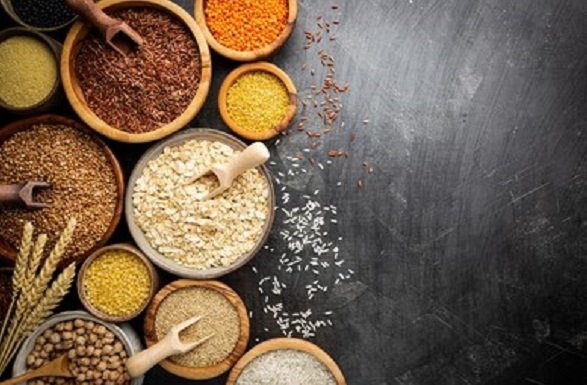Inside BENEO’s new pulse plant: pioneering sustainable protein from faba beans
With the export of non-basmati rice growing by 136.04 per cent; wheat by 774.17 per cent; and other cereals by 238.28 per cent
Dr Anup Wadhawan, Secretary, Department of Commerce, Government of India recently stated in a media interaction, that Agriculture Exports have performed well during 2020-21.
During the interaction, he informed that after remaining stagnant for the past three years, the export of agriculture and allied products during 2020-21 jumped to $41.25 billion, indicating an increase of 17.34 per cent.
The organic exports during 2020-21 were $1040 million as against $689 million in 2019-20, registering a growth of 50.94 per cent. Organic exports include oil cake/meals, oilseeds, cereals and millets, spices and condiments, tea, medicinal plant products, dry fruits, sugar, pulses, coffee, etc.
Huge growth has been seen in the export of cereals with the export of non-basmati rice growing by 136.04 per cent to $4794.54 million; wheat by 774.17 per cent to $549.16 million; and other cereals (Millets, Maize, and other coarse gains) by 238.28 per cent to $694.14 million.
Export of spices like ginger, pepper, cinnamon, cardamom, turmeric, saffron etc., which have known therapeutic qualities, has also grown substantially.
During 2020-21, export of pepper increased by 28.72 per cent to $1269.38 million; cinnamon by 64.47 per cent to $11.25 million; nutmeg, mace and cardamom by 132.03 per cent ($189.34 million vs $81.60 million); and ginger, saffron, turmeric, thyme, bay leaves, etc. by 35.44 per cent to $570.63 million. Export of spices touched the highest ever level of around $4 billion during 2020-21.
The largest markets for India’s agriculture products are the USA, China, Bangladesh, UAE, Vietnam, Saudi Arabia, Indonesia, Nepal, Iran and Malaysia. Exports to most of these destinations have registered growth, with the highest growth being recorded for Indonesia (102.42 per cent), Bangladesh (95.93 per cent) and Nepal (50.49 per cent).

